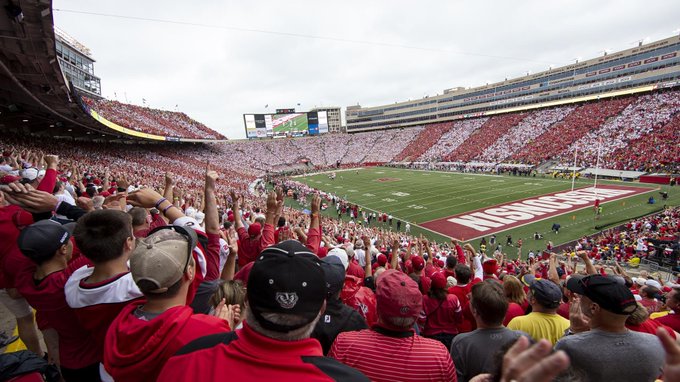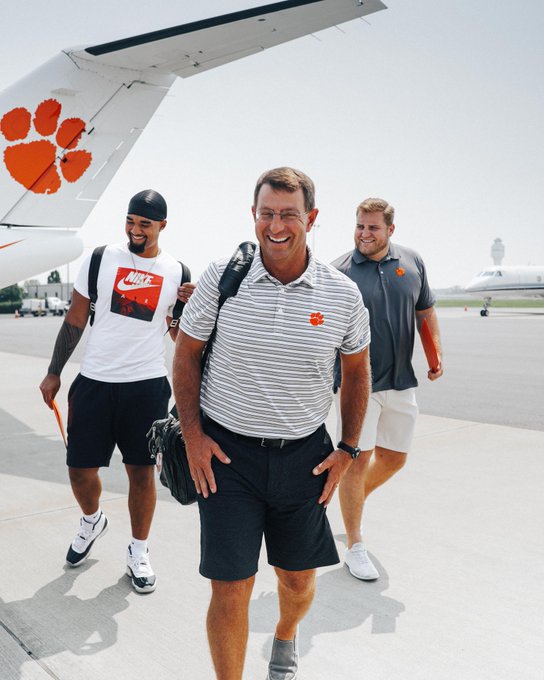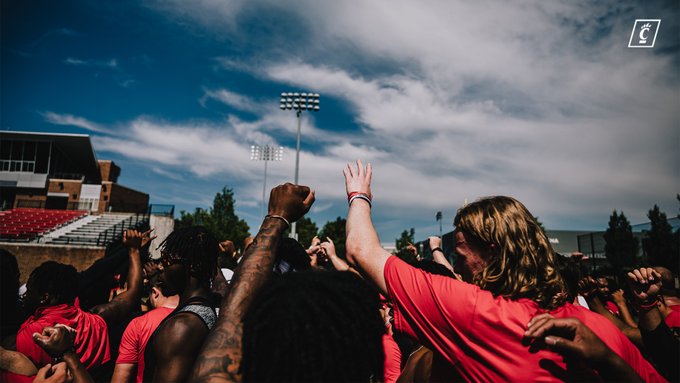In most sports, player movement defines the offseason. A free agent signs with a new team. A team makes a big trade. A new draft pick shows promise. College football is different. In recent years, the offseason has been less about players moving around and more about the suits that run the sport pontificating on how the whole enterprise should operate.
They have never done more arguing than they’re doing right now. There is a wrinkle, though: Once you get past the bureaucracy, this sport’s offseason is starting to look a bit more like those in other major U.S. leagues.
Let me explain. From new recruiting rules to NIL deals and more, here’s what to track between now and the next college football season’s kickoff at the start of September.
College Football Offseason 2022: The Top Stories That’ll Shape Next Season
Jimbo Fisher has called a presser after Nick Saban claimed that Texas A&M “bought” players.
“Some people think they’re God… Go dig into his past, and how he’s done things.”
He says Saban tried to call him last night.
“I didn’t take the call. We’re done.” pic.twitter.com/jxOuJQ3J2R
— Front Office Sports (@FOS) May 19, 2022
1. The sport is in a moral panic over player compensation.
If you follow college football even a little bit, you have undoubtedly noticed a lot of hand-wringing over two recent rule changes.
In April 2021, the NCAA reversed decades of policy by allowing athletes to transfer schools without sitting out a season, as had been custom from the beginning of college sports. The association made the move under heavy pressure. It had drawn a lot of criticism over the years for subjecting unpaid athletes to tighter movement restrictions than well-paid coaches and administrators, who had no such requirement to sit out after a move.
Three months after that change came an even bigger one. After more than a dozen states had passed laws forcing it to do so, the NCAA dropped another ban that had lasted for all of college sports history: a prohibition on athletes receiving money from third parties for the use of their name, image, or likeness.
Since then, “NIL” has become shorthand for a new era. At many schools, boosters set up “collective” organizations that have sought to pay players (under the guise of advertising and charity deals) to attend their schools. The NCAA has tried to make clear the practice is not allowed, but it ultimately hasn’t been able to do much about it; the organization is worried that aggressive action to rein in player deals will lead to antitrust lawsuits that it could lose.
The early-May transfer announcement of Pitt receiver Jordan Addison, who won the Biletnikoff Award as the country’s top pass-catcher last year, seemed like an unofficial starting gun for a fresh round of worry. The confluence of free transfers and a lightly regulated third-party payment system for players still falls way short of the true free agency that exists in pro sports. Even so, it represents a big departure from the previous college football status quo.
Addison picked USC last Friday. That same day, Jimbo Fisher and Nick Saban got into the highest-profile coaching beef the sport has ever seen, and it was sparked in part by NIL deals and collective recruiting.
Nobody knows how this will all settle. The NCAA wants Congress to pass a national NIL law that would supersede the patchwork of state laws currently in effect, but Congress has yet to play ball, and it’s a midterm election year. For the time being, expect more and more transfers. Your school’s college football roster today will likely not be the same on Labor Day.
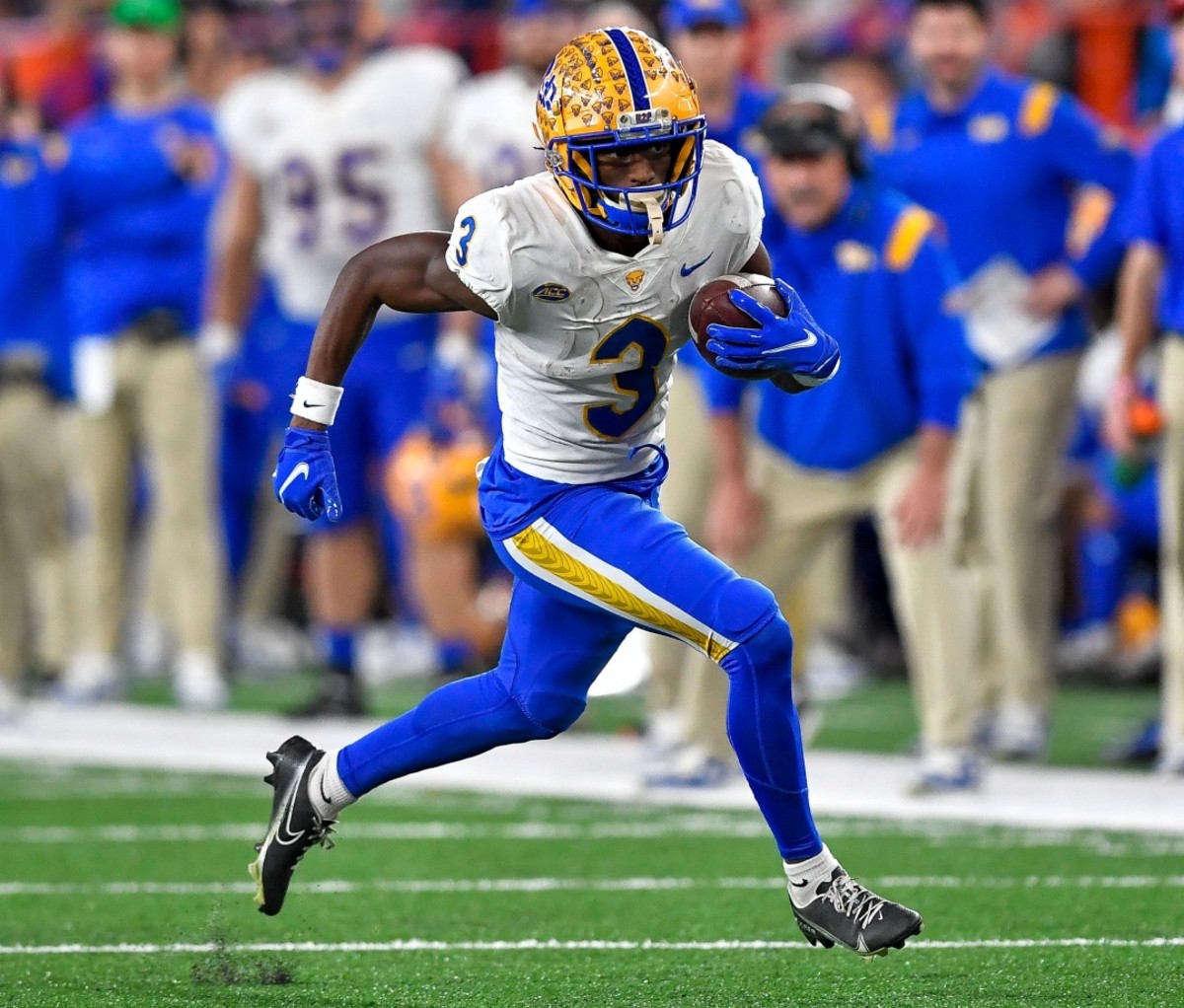
2. The NCAA is lifting initial counter limits.
One of college football’s foundational rules is that teams can only add 25 new scholarship players per year (with some exceptions and the ability to frontload and backload signing classes). The limit of 25 “initial counters” is important because it reduces the incentive for coaches to “over-sign”—to bring in too many players—and then run them out of their programs when they’ve decided they’re not good enough.
But that rule is on its way out, as the NCAA’s DI Council announced on May 18. It’s a direct response to the rising number of players entering the transfer portal, as teams have risked losing players at a higher rate than they’re able to replace them while still offering scholarships to high school recruits. For now, it’s being presented as a two-year rule waiver, but college football experts think it will become permanent. It sounds like a minute rule change, but it could result in the best recruiting programs (like Alabama, Georgia, and Ohio State) loading up with larger, more elite signing classes in certain years.
3. Conference championship games might look different this year.
In addition, the NCAA also announced on May 18 that it will relax its regulation of conference championship games. That’ll give each conference more freedom to sort out how it selects title game participants. The Pac-12 took advantage immediately and announced that rather than the winners of its two divisions meeting in its championship game, the teams with the two best records, regardless of division, will get the nod.
The NCAA’s change opens the door for other conferences to do the same. There’s a good chance some will; it would help them maximize their chances of their best team getting picked for the College Football Playoff. The Big Ten and ACC, for example, have lopsided division structures with all of the potential Playoff teams on one side, and either conference might decide to do exactly what the Pac-12 has done.
4. Will the FBS go rogue and leave the NCAA?
Finally, Ohio State athletic director Gene Smith seems to want the FBS, the top teams in the college football rankings, to break away from the NCAA altogether. It is not clear what that would accomplish, given that those schools already govern themselves within the NCAA. But a working idea is that, years down the line, a non-NCAA college football division would give schools the flexibility to run the sport more like a business, without the regulatory requirements of other NCAA sports. This story won’t be settled in the 2022 offseason, but keep an eye on it.
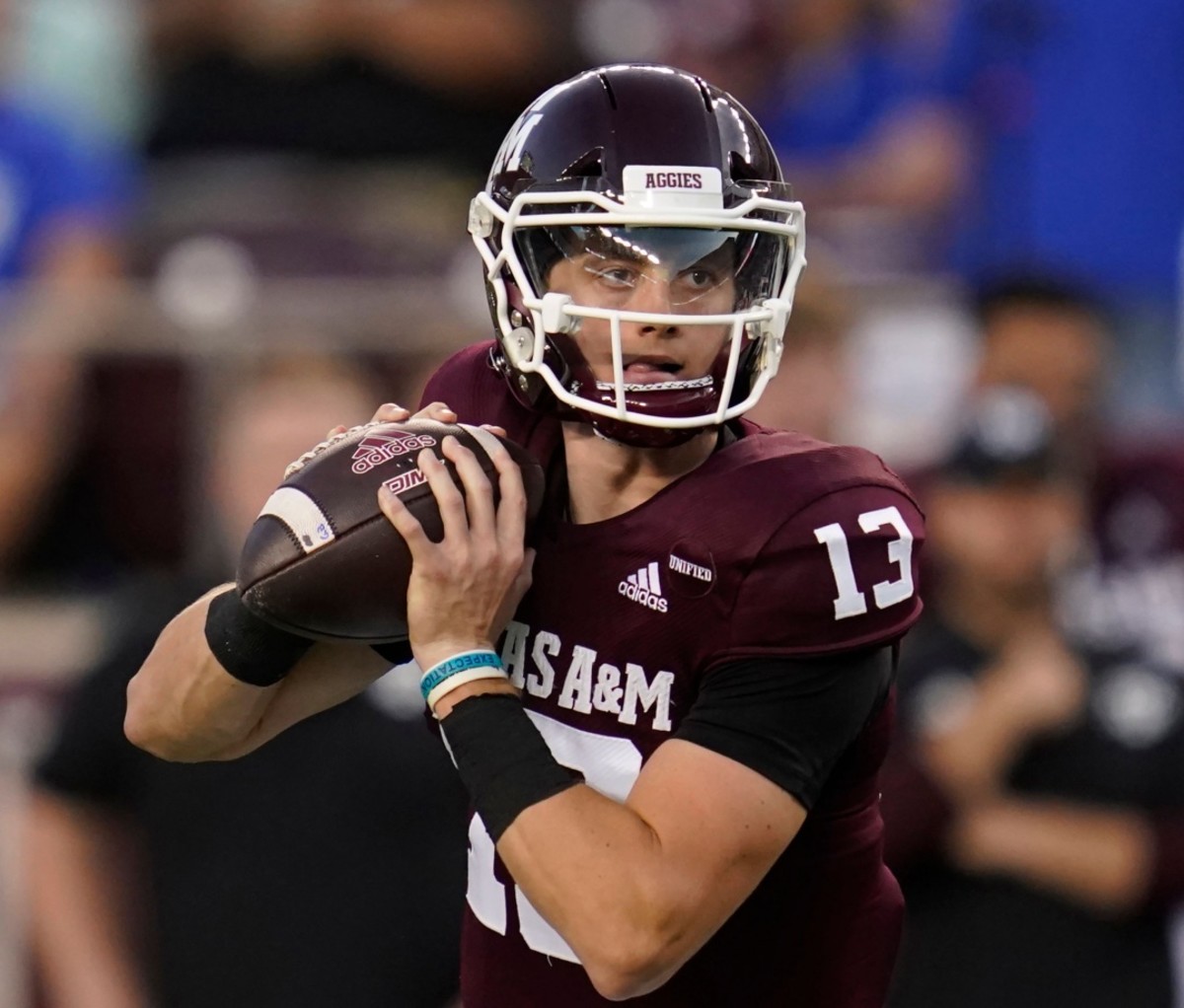
5. Oh, and there’s an actual college football season to prepare for, too.
The endless debate over governing NCAA football has taken up almost all of the spotlight lately. Even so, actual football questions are lurking in the background:
Does Texas A&M have a QB? This might not get resolved until the season’s actually started, but it’s one of the most important questions facing any single position group at one program. The Aggies had a nearly title-caliber team in 2021 (and even beat Alabama), but an injury in September to QB Haynes King doomed them. If King stays healthy this year, will that be enough for them to go all the way?
Is the QB carousel done spinning for a bit? Probably. But once fall camp rolls around and certain passers fail to win starting jobs, expect it to fire up again.
Actual football starts in just over three months. Now begins the ultimate offseason workout: Finding things to talk about until conference media days provide more catnip.
For access to exclusive gear videos, celebrity interviews, and more, subscribe on YouTube!





